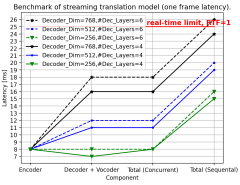Authors: Jongwook Choi, Taehoon Kim, Yonghyun Jeong, Seungryul Baek, Jongwon Choi
Published on: March 11, 2024
Impact Score: 7.6
Arxiv code: Arxiv:2403.06592
Summary
- What is new: The new approach for detecting fake videos focuses on the novel analysis of style latent vectors and their abnormal temporal changes, leveraging the StyleGRU module enhanced by contrastive learning.
- Why this is important: The increasing sophistication in the creation of deepfake videos poses a significant challenge to detecting these fake videos, as they become more realistic and harder to distinguish from real footage.
- What the research proposes: A method using the StyleGRU module trained with contrastive learning to analyze the dynamics of style latent vectors and a style attention module that integrates these with content-based features for improved fake video detection.
- Results: The approach showed superior performance in detecting deepfakes across various benchmark scenarios, especially in cross-dataset and cross-manipulation contexts, proving the effectiveness of focusing on temporal changes of style latent vectors.
Technical Details
Technological frameworks used: StyleGRU
Models used: Contrastive learning models
Data used: Temporal changes in style latent vectors
Potential Impact
Social media platforms, security and surveillance industries, and content creation companies could benefit from or be disrupted by these insights.
Want to implement this idea in a business?
We have generated a startup concept here: TrueSight AI.




Leave a Reply